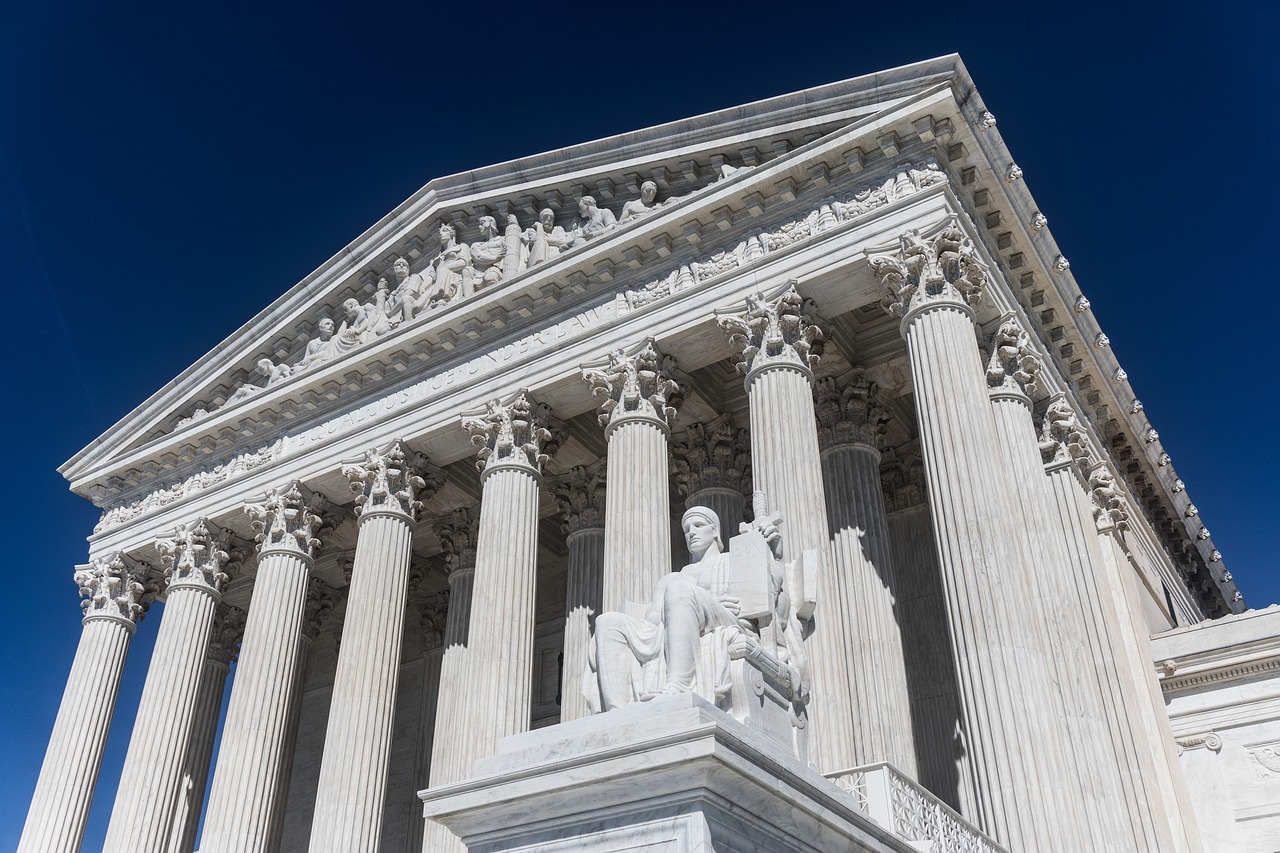Health Care Services on the Ballot: What the election means for essential health benefits
The upcoming election in November will have a significant effect on health care across the country. The experts at NHeLP are going to analyze and discuss the impact of various policies on access to care, for low-income people and people with disabilities. They will also examine the impact of policies on people who are pregnant, LGBTQI+, Black, Indigenous and people of colour, as well as people living at the intersections of these identities. Follow along with NHeLP as we explore the opportunities and threats facing health care in the United States. Many of these efforts failed, in part because people across the country raised alarms about the millions who would lose insurance coverage as a consequence of the repeal efforts. Less discussed, but equally as concerning, was the effort to reduce access to essential health care services for low-income individuals and people with pre-existing medical conditions, people who have disabilities, Black, Indigenous and People of Colors (BIPOC), LGBTQI+, among others. The outcome of the upcoming federal elections will be crucial to determining the fate these essential services. Prior to the enactment, private plans provided scant coverage for what we now consider essential services, such as maternity care and newborn care, mental and substance abuse disorder services, and rehabilitative, habilitative, and habilitative devices and services. The Essential Health Benefits provision of the ACA requires all Medicaid plans that serve expansion populations and non-grandfathered small-group plans to provide a minimum coverage level for these basic services. The EHB requirements have vastly improved coverage and has contributed to improvements in health equity because many of these services are particularly important for underserved populations.
Potential Threats to Essential Health Benefits Coverage
Detractors of the ACA have targeted EHBs, arguing that healthy individuals would be better off purchasing cheaper and less comprehensive plans. NHeLP stated during the 2017 ACA reform efforts that without EHB protections insurers would most likely stop providing critical services, leaving individuals without access to health care they need. The administration, for example, finalized regulations allowing private plans to substitute needed benefits with benefits in another EHB category. That move essentially allowed insurers to pick and choose benefits avoiding higher cost benefits in certain areas that are particularly beneficial for individuals with chronic conditions.The finalized rules also required states to report annually to the U.S. Department of Health and Human Services (HHS) whether the state had passed new coverage requirements through state action and was therefore required to use state funds to pay for those services, a process called “defrayal”. This burdensome requirement was meant to disincentivize states from addressing coverage gaps through state action even when the ACA allows them to do so without having to worry about defrayal.
Finally, the previous administration established a new regulatory framework that allowed states to significantly pare down their EHB through the benchmarking process. One state considered drastically reducing the coverage of prescription drugs for important treatments such as HIV, cancer, and hepatitis C. However, they dropped their efforts after receiving objections from advocates. The consequences of these actions, some of which were subsequently reversed by the Biden administration, would be to eliminate or limit access to services that are essential for vulnerable populations.
In the next years, Congress may again attempt to repeal the ACA, or significantly roll back its protections, including EHB. It is also possible that many of the above-mentioned administrative policies will return, putting at risk access to key services, especially important for those with higher needs.
Opportunities to Improve Access to Essential Health Benefits
There are also untapped opportunities to build upon the success of the EHB requirements. The ACA, for example, requires HHS periodically to review coverage of EHBs. It also requires HHS implement policies to close remaining coverage gaps. HHS has yet to conduct this review despite its enormous potential. The next administration will need to decide how it will use this authority and whether or not to establish uniform coverage standards across all states to address the gaps identified during review. This approach has allowed states to expand coverage of certain benefits that target the needs of consumers, but has also led inconsistent coverage and wide variations among states. The next administration can address inconsistencies like these by standardizing coverage requirements of certain EHB categories. The ACA’s critics want the opposite. Project 2025, for example, states that “
was overly prescriptive when it came to dictating which benefits and types of plans could participate in the exchanges. This actually stifled market innovation and drove up costs.”
NHeLP, on the other hand, has long called uniform definitions within the areas of mental and substance use disorders as well as children’s and maternal and newborn health care. We have also emphasized the need to strengthen prescription drug coverage standards to ensure that individuals with chronic illnesses can access key medications. As some candidates have suggested, this authority to set federal EHB standards would also allow a federal administration to require plans to cover IVF and other fertility treatments under current federal law. The goal of the ACA is to ensure that everyone has access to health care. Any attempt to undermine it would be counterproductive. HHS, for example, should clarify the states’ role in enforcing non-discrimination requirements in plan design. HHS and states have not enforced this EHB nondiscrimination provision. A favorable administration could offer states tools to ensure compliance through a close evaluation of benefit designs. This provision has not been used to its full potential, despite the interest of states, due to a lack of guidance by HHS. States are concerned that they may be required to pay for these mandates if HHS does not provide clear guidance. Clear guidance would give states the confidence to address gaps in coverage without having to undergo the entire EHB benchmarking process when lack of coverage for certain services leads to violations of federal non-discrimination laws, behavioral health parity requirements, and other federal laws.
Conclusion
The ACA’s EHB provision has been instrumental in improving access to basic services that were previously unavailable and in reducing health disparities. EHBs were also targeted by the 2017 ACA repeal effort and administrative actions were taken that put their coverage in danger. The November election will determine the future of EHBs, and the coverage of basic health services across the country.






